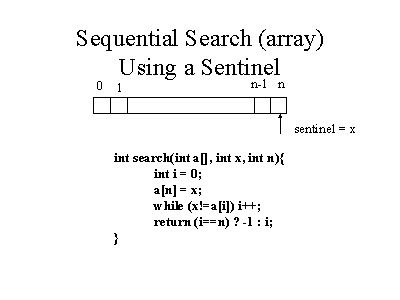


These results imply that sequential search asymmetry arises from discriminability differences between feature-present and feature-absent targets. Importantly in all five experiments d’ for feature-present targets was larger than that for feature-absent targets. In more difficult tasks requiring focused attention, however, RT and P300 latency differences disappeared but the P300 amplitude difference was significant. Moreover the P3a subcomponent of the P300 ERP was strongly apparent only in the feature-present condition. In easy tasks feature-present reaction times and P300 latencies were shorter than feature-absent ones, similar to findings in search tasks with simultaneously-presented stimuli. Oddballs and standards all consisted of rapidly-presented runs of five pure tones (Experiments 1 and 5) or five colored annuli (Experiments 2 through 4) somewhat analogous to simultaneously-presented feature-present and feature-absent stimuli in typical visual search tasks. In all five experiments rare oddballs occurred randomly within longer sequences of more frequent standards. We conducted five experiments in order to explore the generalizability of a new type of search asymmetry, which we have termed sequential search asymmetry, across sensory modalities, and to better understand its origin.


 0 kommentar(er)
0 kommentar(er)
